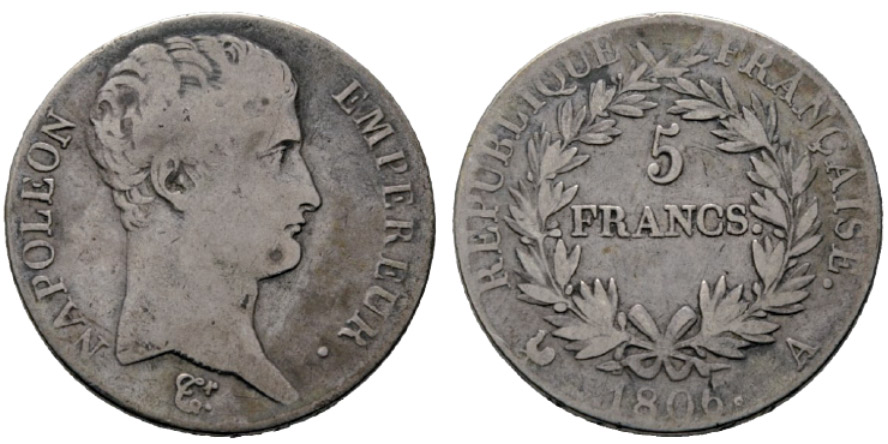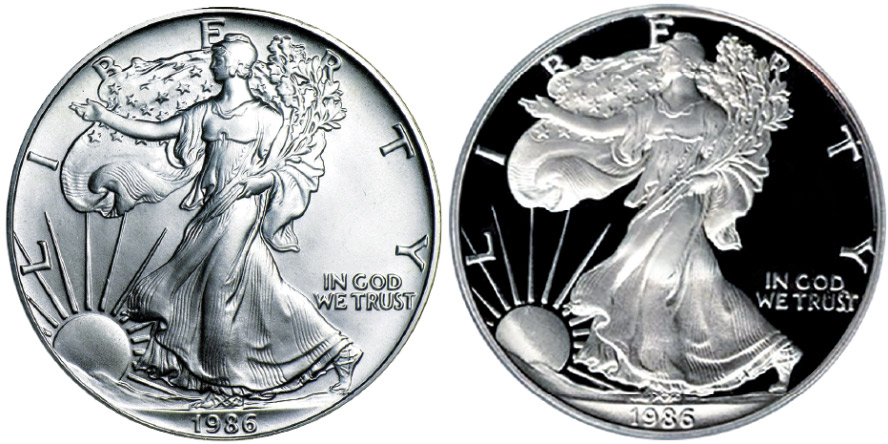Conservation states of your currencies
The “traditional” classification
Because it is obvious that the real state of a coin is an element all the more subjective since it will make the value develop in a capital way. In general, it is certain that currencies, even in the most common types but in an exceptional state, are always those which will be negotiated the most expensive. Another difficulty, (see table below) the number of denominations used varies from country to country. It is therefore difficult to find your way around, especially since, of course, the seller will be tempted to see the currency in a much better state than his buyer! 
In France, in fact, for many years the catalogs of auctions or auction mainly use the following denominations: beautiful (b), very beautiful (tb), very very beautiful (ttb), superb (sup) and flower of Coin (FDC). Paradoxically, a place classified beautiful will be… “ugly”, worn, dirty…! It’s a bit difficult to understand when you start collecting currencies, but you get used to it very quickly. The first four states correspond to those of current circulation parts. The fifth, to a room that has never circulated and having kept its striking shine. You can nevertheless find tiny traces of manipulation due to the fact that current currencies, even new, could be kept in bulk in bags in the cellars of the Banque de France branches before joining traffic.
The appearance of new qualities
Since the appearance of commemorative pieces, struck only for collectors and sold under sealed case or transparent capsule, have also appeared the concepts of universal brilliant (BU) or test / beautiful test (proof). BU indicates a piece struck in a fully shiny quality of finish thanks to the use of specially polite and regularly changed corners to prevent any defect. The very atmosphere of the room in which they are struck is very supervised because, given the typing power of the monetary presses, a tiny dust will be transformed into halo, making it impercision. The proof quality (test or beautiful test) corresponds to a surface treatment of the manufacturing corners bearing matte reliefs (these parts are “shortbread” on the corners) standing out on brilliant bottoms. It is the ultimate in quality but which, as one imagines, has only appeared recently. Please note, for this type of currencies, only those kept in their original packaging keep this name. As soon as you have opened them, they can receive finger shots or traces, for example, which will make them regress in the scale of states.

Sheldon scale
It was invented in 1949 by the American William Herbert Sheldon then gradually fell into disuse to be improved in the 1970s and, today, gradually invade the Numismatic Planet. This scale is used by the two main American companies responsible for establishing a sort of "identity card" of each currency (we say grading) that are NGC and PCGS. It is a crossed code, offering 70 different “grading”, combining letters that indicate the state with figures that still refine this state quality by state. The highest is MS 70: Mint State 70 which is the perfect piece, coming out of the strike, never touched ... This state will be, for example, never for really old pieces which, even well preserved, will all have one or more Small faults. Once “identified” by one of these certification organizations, the part is placed in a sealed protective case and accompanied by the “grading” certificate. This operation is, of course, expensive, and is only justified for currencies of a certain value. But, a priori, this definitely assures you of its authenticity and its state. Without this protection, one can always imagine that it could happen to him from the abuse that would make her regress in the scale of the States.

